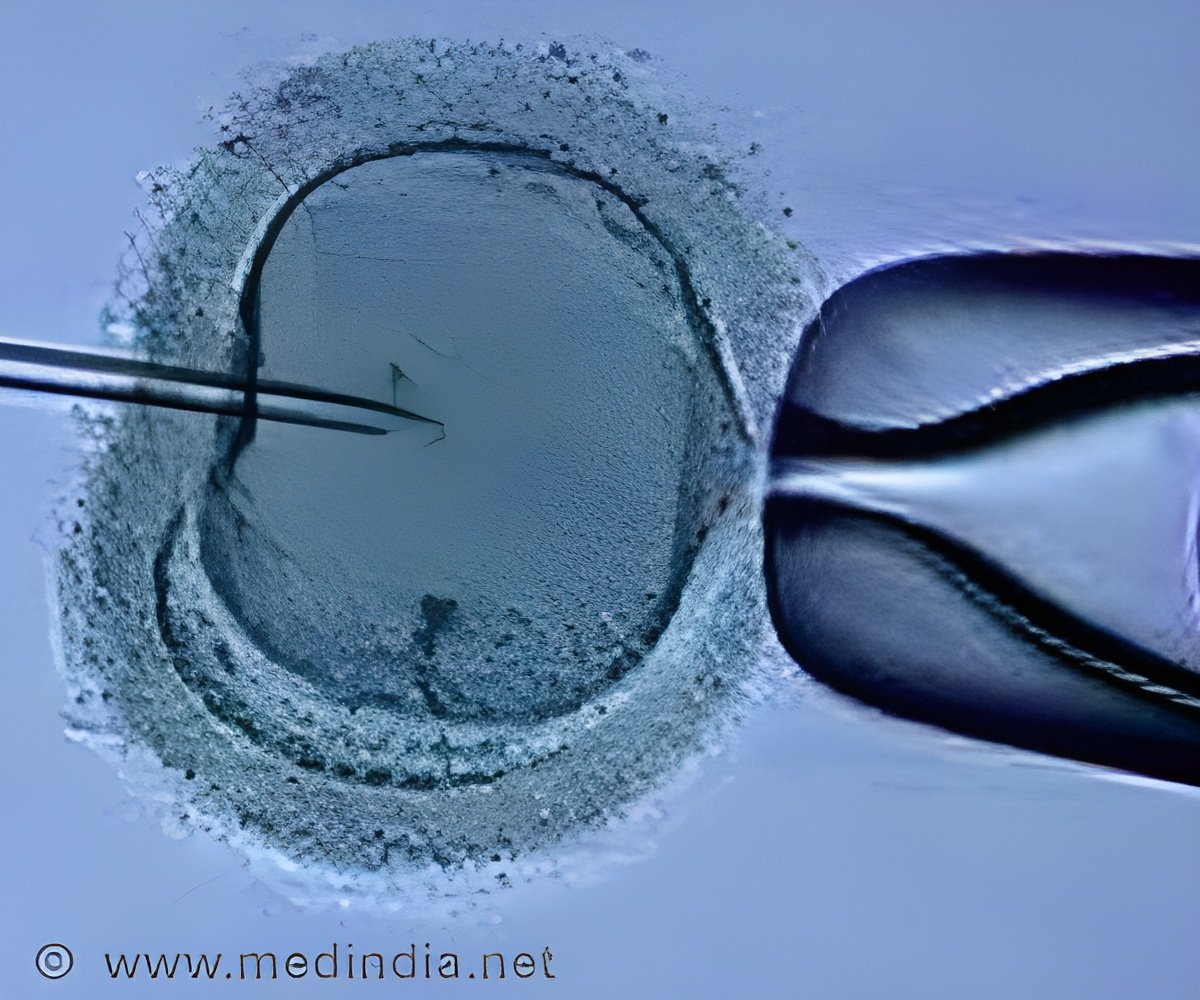Researchers at Oxford University have developed a way of utilizing nanoparticles in order to detect the mechanisms underlying 'mystery' cases of infertility

The researchers demonstrated that the nanoparticles could be attached to boar sperm with no detrimental effects on their function.
'An attractive feature of nanoparticles is that they are like an empty envelope that can be loaded with a variety of compounds and inserted into cells,' says Dr Natalia Barkalina, lead author of the study from the Nuffield Department of Obstetrics and Gynaecology at Oxford University. 'The nanoparticles we use don't appear to interfere with the sperm, making them a perfect delivery vessel.
'We will start with compounds to investigate the biology of infertility, and within a few years may be able to explain or even diagnose rare cases in patients. In future we could even deliver treatments in a similar way.'
Sperm are difficult to study due to their small size, unusual shape and short lifetime outside of the body. Yet this is a vital part of infertility research, as senior author Dr Kevin Coward explains: 'To discover the causes of infertility, we need to investigate sperm to see where the problems start. Previous methods involved complicated procedures in animals and introduced months of delays before the sperm could be used.
'Now, we can simply expose sperm to nanoparticles in a petri dish. It's so simple that it can all be done quickly enough for the sperm to survive perfectly unharmed.'
Source-Eurekalert
 MEDINDIA
MEDINDIA



 Email
Email






